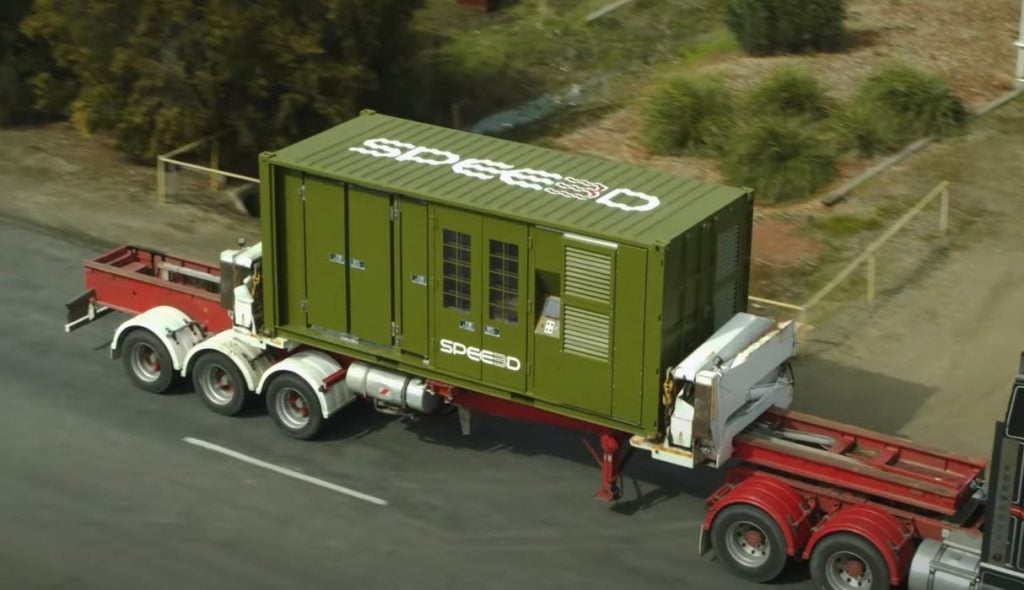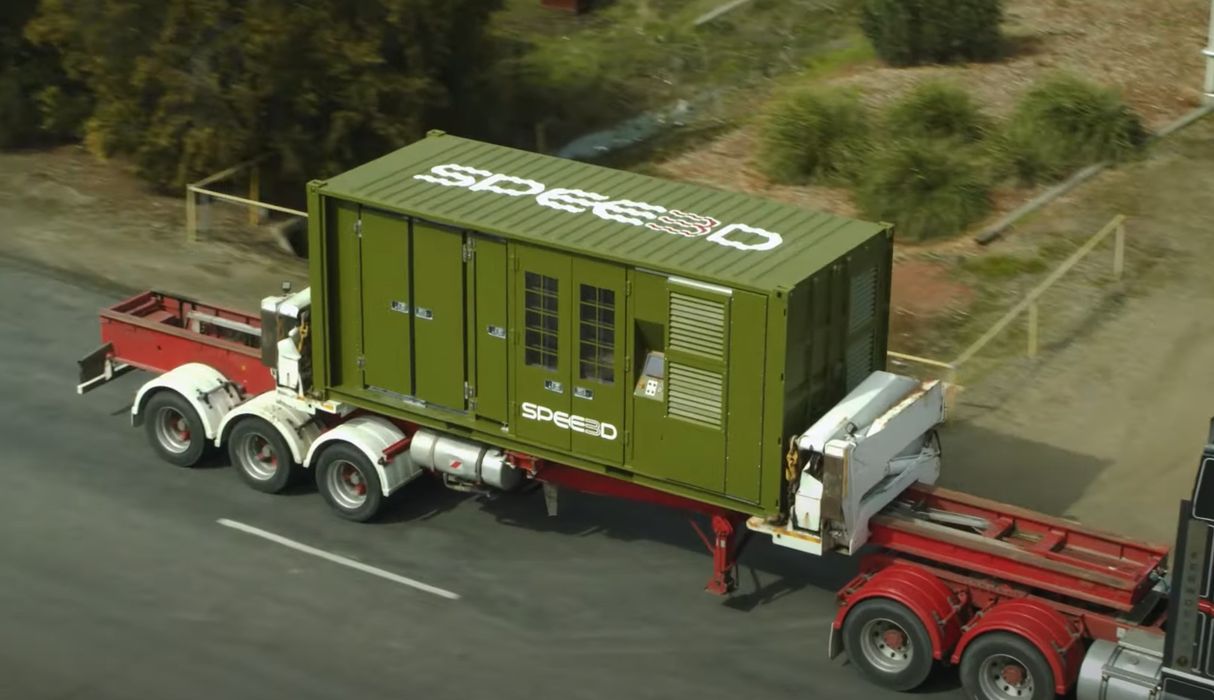
We now know a lot more about the mysterious 3D printers supplied to Ukraine.
While it’s long been known that Ukrainian forces have been using desktop 3D printers to produce small parts for various systems — most notably for bomb-dropping drones — there were rumblings of larger-scale industrial 3D printers supplied to the country.
This week we learned that Essentium has supplied a number of polymer machines, which are literally deployed in forward locations near the front. There they surely must be producing critical spare parts on demand.
But that’s a polymer system; what about metal systems?
The other week I speculated that it was likely that the rumored equipment supplied might be the supersonic metal 3D printing systems from Australia-based SPEE3D. The company’s technology has the unique ability to withstand lousy operating conditions, quite unlike the more popular LPBF process.
SPEE3D has leveraged this capability by creating a mobile industrial 3D printing platform, “XSPEE3D” — a printer in a shipping container, basically, with associated equipment. They’ve been extensively testing this configuration with a variety of Western military organizations for some time.
That was enough for me to speculate that the mystery 3D printers provided to Ukraine just might be from SPEE3D.
Now that may have been confirmed. A release from the Australian Defence Ministry explained:
“The Australian Government, with the support of local defence industry, is providing a further $20 million package of military assistance to Ukraine.
De-mining equipment, portable x-ray machines, a 3D metal printer, and counter drone systems are some of the Australian developed equipment that will contribute to Ukraine’s defence.
The Australian developed equipment is made by four innovative Australian defence industry companies: DroneShield, Micro-X, Minelab and SPEE3D.”
It’s possible that there could be other types of metal 3D printing equipment supplied that we have yet to learn about.
SPEE3D wrote:
“WarpSPEE3D printers were supplied to Ukraine by the Department of Defense through the Ukraine Security Assistance Initiative in addition to training soldiers and frontline engineers to leverage its manufacturing capabilities and create new materials to repair military machinery.”
There’s more: SPEE3D execs personally trained Ukrainian specialists on the use of the unusual supersonic 3D printing systems:
“SPEE3D sent several C-suite executives, including the co-founder, CTO, and CRO, to Poland for two weeks and trained 13 Ukrainian soldiers for 12 hours a day to properly use the equipment and to understand the engineering fundamentals to solve the problem at hand. Training included classroom and practical work covering engineering design theory, risk management, equipment management, and upkeep processes to operate the printers themselves with materials all translated into Ukrainian.”
In total seven WarpSPEE3D devices were supplied, and these machines can very quickly crank out parts, faster than LPBF systems.
This is good news for SPEE3D, and good news for Ukraine.

